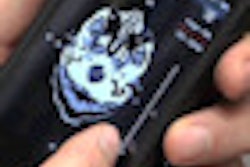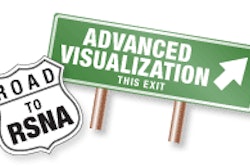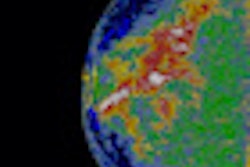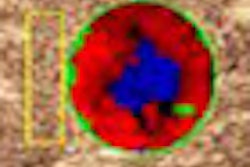Wednesday, November 28 | 12:45 p.m.-1:15 p.m. | LL-INS-WE6B | Lakeside Learning Center
This poster will detail the benefits of various lossless compression schemes that can be used with breast tomosynthesis images.
Compared to ordinary full-field digital mammography (FFDM), breast tomosynthesis images are huge, taking up 1 GB to 1.5 GB per study if uncompressed. This can add a significant stress on infrastructure if studies are multitudinous and read rapidly, said presenter Dr. David Clunie of CoreLab Partners.
Clunie evaluated several standard DICOM compression schemes (deflate, JPEG lossless, JPEG-LS, and JPEG 2000) with samples of tomosynthesis images from various vendors.
"Lossless compression offers approximately a fivefold reduction in size compared to uncompressed DICOM encoding, using standard DICOM lossless compression schemes like JPEG-LS or JPEG 2000," he said.



















